Contact Details

Walter has introduced the Walter Titex DB133 Supreme, a solid-carbide microdrill that reportedly delivers tight tolerances, high-quality surface finishes, superior process reliability and longer tool life. The difference for the DB133 Supreme begins with the use of grades WJ30EL and WJ30ER, developed by Walter specifically for microdrills. These grades provide the drills with superior wear resistance.
ln addition, Walter’s new cutting edge geometry increases the process reliability of these new drills, and optimized dimensions allow for maximum stability, even with the smallest drills. The exceptionally uniform finish on the drill cutting edge and tight tolerances ensures excellent workpiece surface finishes. With the Walter Titex DB133 Supreme special geometry, chip removal is effective, even without through coolant. This allows holes of upto 8 diameters deep to be easily achieved.
The new solid-carbide microdrills, with their 140° point geometry, can be used universally on many different materials in ISO material groups P, K and N. Diameters range from 0.02 to 0.12 in. (0.5 to 2.95 mm). This new drill design is ideal for users in general machining, mold and die making, the energy and automotive industries and any other areas where small diameter, deep holes, are required.
Related Glossary Terms
- coolant
coolant
Fluid that reduces temperature buildup at the tool/workpiece interface during machining. Normally takes the form of a liquid such as soluble or chemical mixtures (semisynthetic, synthetic) but can be pressurized air or other gas. Because of water’s ability to absorb great quantities of heat, it is widely used as a coolant and vehicle for various cutting compounds, with the water-to-compound ratio varying with the machining task. See cutting fluid; semisynthetic cutting fluid; soluble-oil cutting fluid; synthetic cutting fluid.
- wear resistance
wear resistance
Ability of the tool to withstand stresses that cause it to wear during cutting; an attribute linked to alloy composition, base material, thermal conditions, type of tooling and operation and other variables.


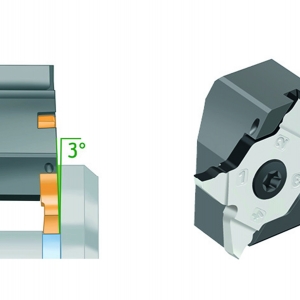
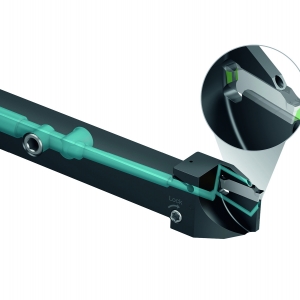
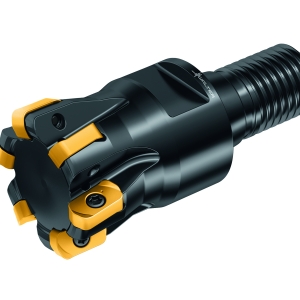
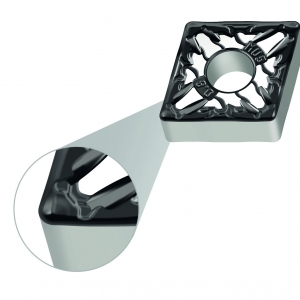
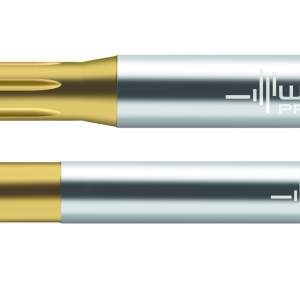
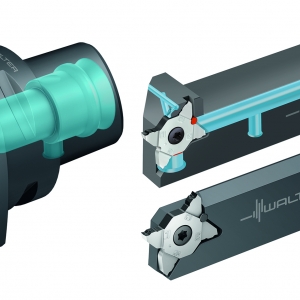
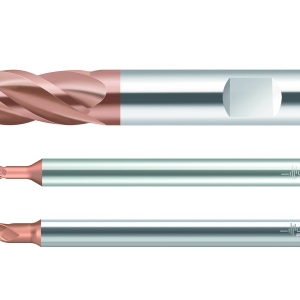
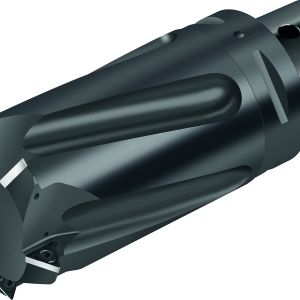
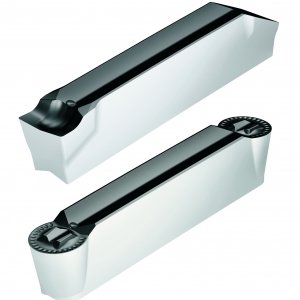
 PRODUCTS
PRODUCTS

